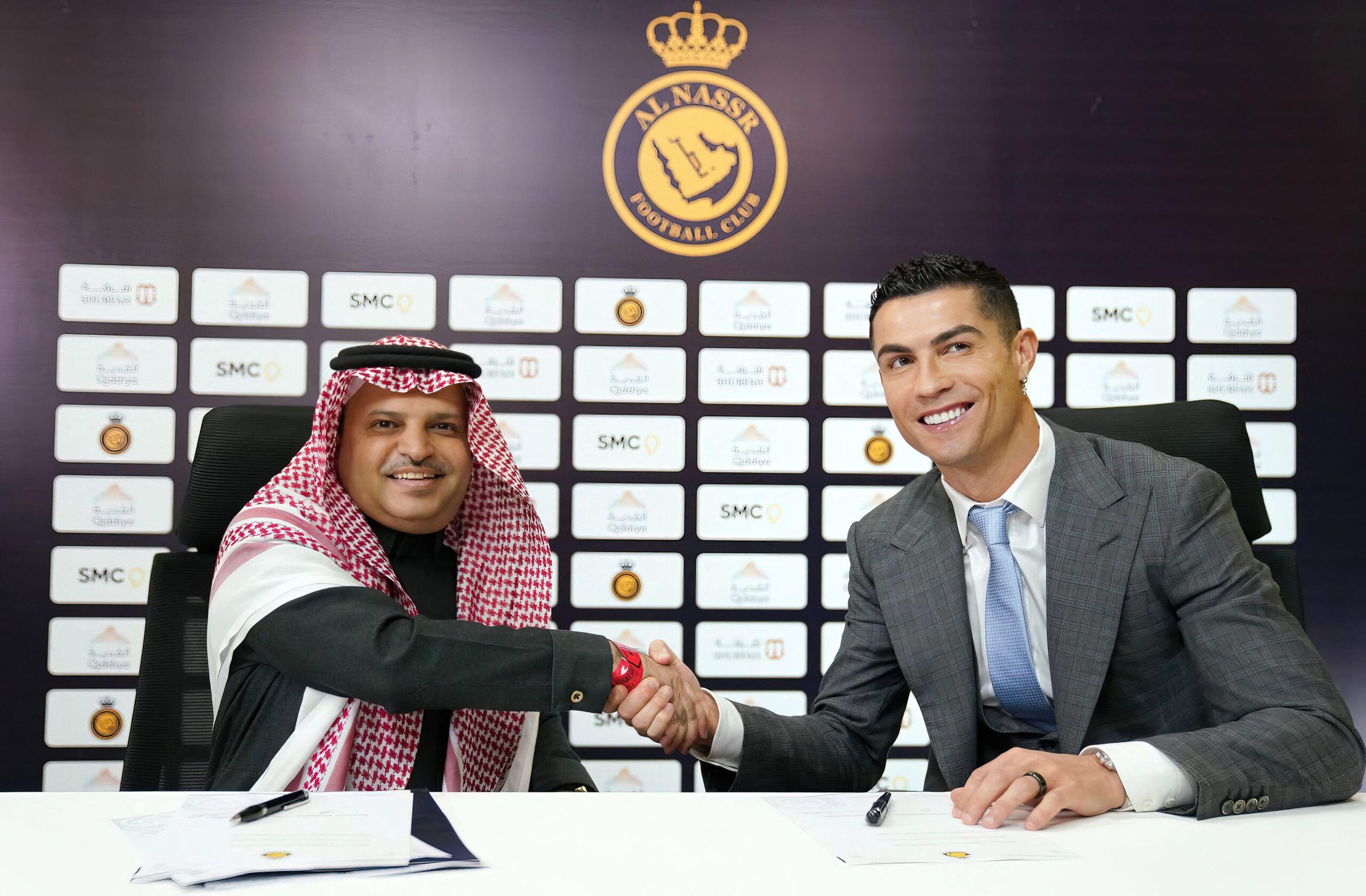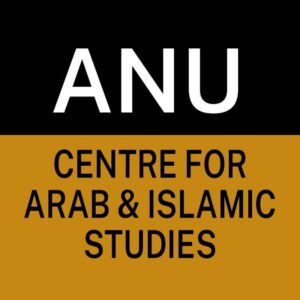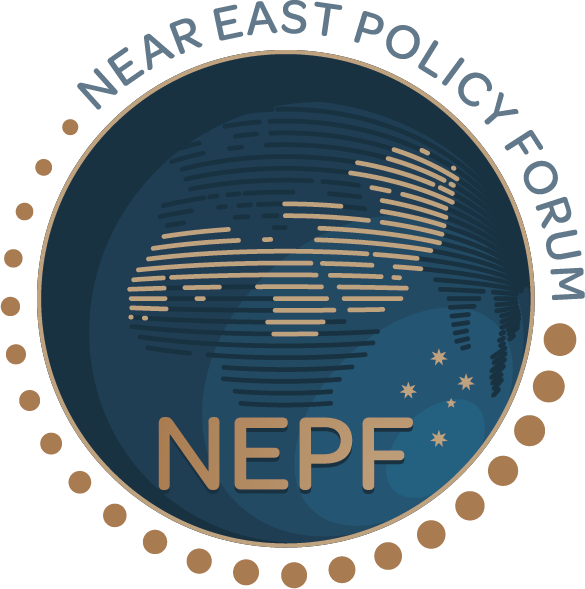In March 2021, a container ship – the Ever Given – ran aground in Egypt’s Suez Canal following stormy weather. This caused a significant obstruction to one of the world’s busiest trade routes, which lasted for almost a week. By the time the Ever Given was freed, there were more than three hundred and sixty other vessels waiting to pass through the waterway.
With 12% of the world’s trade normally transiting through the Suez Canal each year, reports began to circulate of this one ship alone being responsible for all manner of problems ranging from sharp rises in oil and gas prices, to a shortage in English Premier League football shirts.
It simultaneously became clear that globalisation has for a long time been dependent upon such container ships but also vulnerable to supply-chain shocks like the Ever Given incident. Moreover, it reemphasised how important the waterway has become to production, consumption, and trade, and how problematic blockages to it can be.
The Suez Canal links the eastern Mediterranean to the north and the Red Sea to the South; a geography that has always brought opportunities but also posed challenges and something the 1950s Suez crisis served to illustrate. The Eastern Mediterranean itself has long been contested territory, as it too plays a pivotal role, not just as an entry to Suez but also to the Bosphorus and the Black Sea.
The likes of Great Britain have historically sought to maintain their position and influence there, and more recently China has adopted a more strategic view of the region. The Government in Beijing views it as an integral part of President Xi’s Belt and Road Initiative, as he and his officials understand that a country’s ability to exercise control over the region enhances its power.
Indeed, in this respect Beijing has sought to deploy a range of instruments to secure its position, including investing in ports (for instance, Piraeus in Greece) and the use of stadium diplomacy (such as in Rijeka, Croatia). China has been similarly active in Africa, building numerous football venues as well as its companies engaging with sport through sponsorships – Huawei instigated its African 5G rollout in Egypt, via sponsorship of the country’s African Nations Cup tournament hosting.
To the South, the Red Sea is bounded by Egypt, Sudan, and others, and has rapidly become a focus for the attentions of surrounding nations and powers from elsewhere in the world. Russia and United States have been battling for influence on Sudan’s Red Sea coast, whilst the United Arab Emirates has been pouring money into development of ports in Eritrea and elsewhere. At the southern end of the Red Sea, the Bab al-Mandab Strait is a pinch-point, a vulnerability in the oil and gas supply-chain which the UAE has been anxious to address.
Saudi Arabia has the longest Red Sea coastline, almost two thousand kilometres, hence the government in Riyadh has a keen interest in the sea itself but also what passes through it. Under Mohammed Bin Salman’s de facto leadership the country is in the process of transforming itself from being oil dependent to being more resilient, entrepreneurial, and outward looking. At the same time, Saudi officials are keen to position the country as an enhanced global power and AfroEurasian hub, projecting itself across the region and beyond.
To this end, as part of a massive investment programme to which the kingdom has committed itself are Neom and the Red Sea Project. The former is envisioned as an intelligent mega-city whose construction cost will exceed US$500 billion. Located in the north of the Red Sea, Neom is a representation of what Saudi Arabia wants to be and, strategically, constitutes a powerful statement to rivals now active in the region. Already, sport plays a role in the project; for instance, the Paris-Dakar Rally routinely now visits the fledgling mega development.
The Red Sea Project is located further south than Neom and will focus on luxury and ecotourism, though again with sport as an integral part of its development plan. Still further south, Jeddah has recently been hosting a Formula One Grand Prix although the event is scheduled to move in 2025 to a purpose-built venue at Qiddiya, close to Riyadh. Suffice to say, Saudi Arabia is making a heavy strategic commitment to its Red Sea coastline.
While these developments help the country project power and assert its strategic positioning, such infrastructure also needs protecting. This need was self-evident when, in 2022 ahead of the F1 race in Jeddah, Houthi drones launched a missile attack on an oil installation close to the circuit, almost causing the event to be cancelled. Saudi Arabia power therefore comes not only from bullish posturing and positioning, but also by seeking legitimacy in the international community. Those countries invested, or that might invest, into the country have good reason to protect their assets.
It is against this backdrop, that strong rumours have been circulating about an imminent Saudi Arabian bid to host the 2030 FIFA men’s World Cup which, in some regions, have been received with scorn, derision and cynicism. One popular narrative is that the country is attempting to ‘sportwash’, that is to cleanse its image and reputation. Such a view is both superficial and naïve, as there is something much bigger at stake.
Reports indicate that officials in Riyadh are exploring the possibility of hosting the World Cup in partnership with Egypt and Greece, the suggestion being that Saudi Arabia has offered to pay for the construction of relevant infrastructure in the two countries. This is redolent of China’s approach to stadium diplomacy indeed it should be no surprise that in recent months relations between Beijing and Riyadh have warmed considerably. A Chinese state-owned company constructed the 2022 World Cup final stadium, chances are it may perform the same role in 2030.
At the same time, a triumvirate bid involving Greece, Egypt, and Saudi Arabia is entirely consistent with Riyadh’s moves to flex its AfroEurasian muscles and exert some degree of power over both the eastern Mediterranean and the Red Sea. For a country with grand geopolitical ambitions, staging of the World Cup would not be about burnishing image and reputation but instead about positioning Saudi Arabia centre-stage in a new world order of its own making.
The success of Saudi Arabia’s bid is not a formality, FIFA’s member associations will vote in 2024 to identify the 2030 World Cup’s host. Yet such bid votes are often dependent upon the votes of African nations, which would make a bid by the kingdom as shrewd as it is strategic. Furthermore, the 2030 tournament will be the one-hundredth anniversary of the first World Cup, and FIFA’s president may be swayed by the prospect of taking to the tournament to three continents rather than one or two countries.
The views expressed in the Near East Policy Forum are those of the authors and do not represent the views of the Near East Policy Forum or any of its partner organisations.




